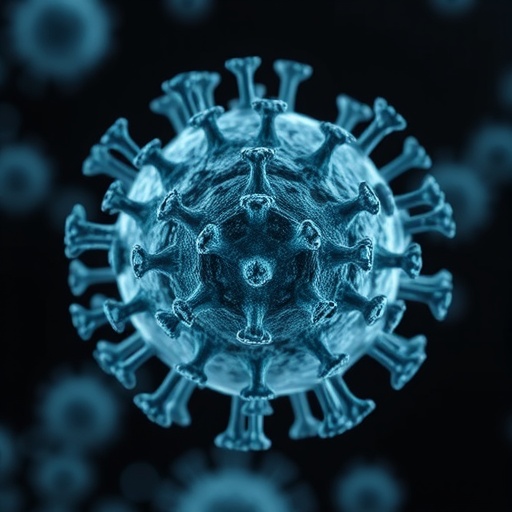
Credit: Yale University
New Haven, Conn. – Yale scientists have developed a new class of small molecules that attack fungal infections by clinging to the cell wall of harmful fungi and recruiting a swarm of antibodies to join the fight.
The discovery offers a potential new therapeutic approach to treating fungal illnesses that affect thousands of people each year, including patients whose immune systems are compromised by organ transplants, cancer treatment, and HIV infections.
The new compounds are called antibody-recruiting molecules targeting fungi (ARM-Fs). These small molecules have two main features: a target-binding terminus that latches onto the fungal cell wall, and an antibody-binding terminus that recognizes and recruits antibodies already present in the human bloodstream.
"Because we're using the human immune system as the effector arm, this strategy is incredibly versatile," said Yale chemistry and pharmacology professor David Spiegel, senior author of the study describing the discovery in the German science journal Angewandte Chemie. "It is the first time we've shown this strategy can work in treating a fungal disease."
Over the past decade, Spiegel's lab has explored small-molecule approaches to treating a range of diseases, including cancer and HIV. Not only are such molecules effective against drug-resistant strains of diseases, Spiegel said, they also may be used in combination with existing treatments.
"The possibility of a molecule like ours synergizing with existing fungal agents has tremendous potential," Spiegel said.
###
The co-first authors of the ARM-F study are Egor Chirkin, a postdoctoral associate in Spiegel's lab, and Viswanathan Muthusamy, a research scientist in Spiegel's lab. Co-authors are Paul Mann and Philippe Nantermet of Merck & Co., and Terry Roemer of Prokaryotics Inc.
The efficacy of the small molecules against pathogenic fungi was evaluated through in vitro studies. Spiegel noted that additional research is necessary before proceeding to human clinical trials.
A grant from Merck & Co. helped to fund the research.
Media Contact
Jim Shelton
[email protected]
203-432-3881
@yale
http://www.yale.edu




